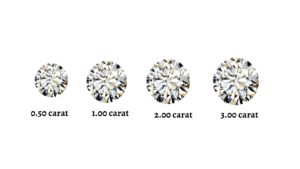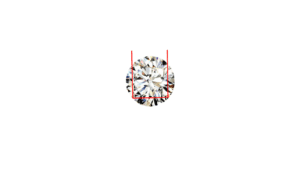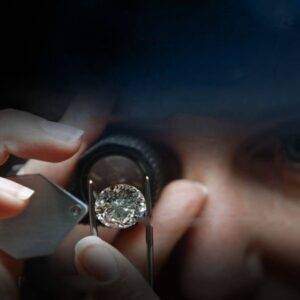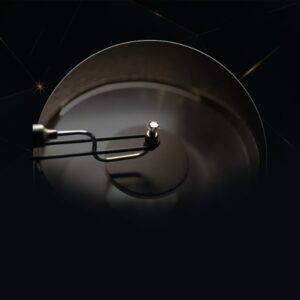CVD DIAMOND
Buy CVD Diamonds | CVD Diamond Manufacturers In India
CVD Diamonds
How does a CVD diamond turn out to be special?
Being artificial diamonds, there often comes up a question where CVD diamonds are real diamonds. They are real as natural diamonds having the same physical, chemical, and optical properties. CVD diamonds can be used in the place of natural diamonds without any hesitation. In fact, artificial diamonds are known to be of higher quality than natural rough stones as they are made under strict supervision with measurements and clear-cut instructions that are followed to bring out the perfect diamonds that can be made. Both natural diamonds and lab grown diamonds have their very basic elements the same. Both are made of carbon. Hence, the ultimate result is the developed form of carbon, thereby giving the same result. When natural diamonds take thousands of years to complete their form, their synthetic counterparts are made within a few weeks. The only difference here is the mode of origin. Everything else from the structure to design will be so similar that even the experts cannot tell them apart. Due to this, CVD diamonds are replacing the natural rough stones in every arena as possible. From jewellery to polishing, these lab grown diamonds have proved their worth and credibility.
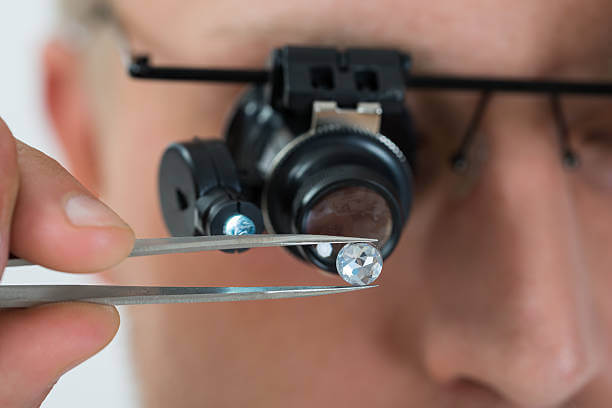
Are CVD Diamonds Real?
How is a Chemical Vapour Deposition diamond made?
What is Chemical Vapour Deposition?
Why are these diamonds said to be the purest among the lot?
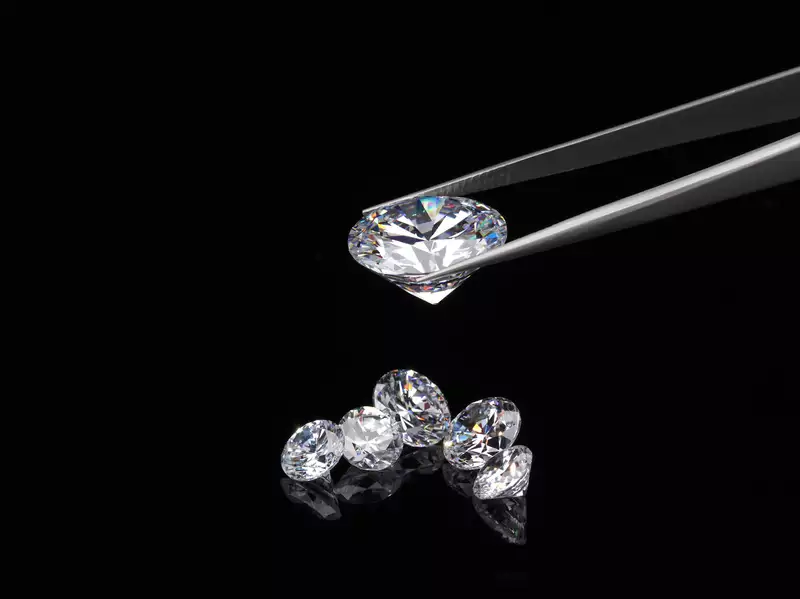
What is the history of CVD Diamonds?
Can all Lab Grown diamonds be CVD diamonds?
No, lab grown diamonds include all categories of synthetically made diamonds. The major types include HPHT diamonds and CVD diamonds. While both are types of lab grown diamonds, their way of reaching their complete form differs. Moreover, the level of purity can also differ between the two. Even though synthetic diamonds are the same as natural diamonds except for their origin, these diamonds tend to be cheaper than diamonds made by polishing natural rough stones. Lab grown diamond manufacturers in India, therefore, make artificial diamonds and export them around the world. Out of these, a major portion is occupied by CVD diamonds of various sizes and prices. With new developments in the diamond manufacturing arena and the lessening demand for natural diamonds due to their social costs, this particular type of synthetic diamond has slowly taken over the diamond market not just here but around the world. In the year 2019, a whopping 29% rise in the price of these incredible artificial gemstones was reported due to the increase in demand and limited supply.
What are the pros of Chemical Vapour Deposition Diamonds?
In laboratories, lab grown diamonds are formed under strict measures. These are made under the supervision of expert eyes that make sure that the diamonds are flawless. When made by nature, they tend to be affected by numerous factors that affect the clarity of the stones. However, the safe atmosphere created in labs is able to produce the perfect diamonds that can be made. A Chemical Deposition machine is used to generate these shiny gemstones that are later embedded in jewellery or used for other procedures.
Made in labs, these lab grown diamonds are not anywhere near nature to cause any kind of harm to it. Natural diamond is losing to man-made diamonds due to their social costs and material waste created post-extraction. Moreover, mining is to be done to pick the natural rough stones that leave behind huge holes that affect nature in various ways. From soil erosion to deforestation, the list goes on. Usage of fossil fuels for intensive digging is another major reason that makes artificial diamonds a better choice.
Child labour and exploitation of workers tend to haunt the mining process making natural stones less preferable. Their origin is not conflict-free unlike diamonds made in labs. CVD diamonds and HPHT diamonds are made without any involvement of manual labour. They are made in machines that are set up for the purpose. Conflict or exploitation of humans or disturbance to any living creatures is never a part of their formation.
Being mostly Type II diamonds, Chemical Vapor Deposition gemstones are purer and brighter than nature-made diamonds. They appear whiter and the clarity makes them the perfect choice for jewellery. They are the synonym of perfection for they are flawless in every way.
Being artificial and taking very little time for formation, these diamonds are available at prices much lesser than natural diamonds. They are often priced 20-30% less than their counterparts. CVD diamonds are therefore a budget-friendly choice that can give you the satisfaction of owning a shining original diamond spending a much smaller amount than for natural diamonds.
Do these come with a guarantee?




Chemical Deposition Vapour diamonds come in a wide variety of colors. Fancy brown, pale pink, yellow, white are just a few among the variations. They are colorless or near-colorless CVD diamonds that are in great demand. As they are replicated using machines, they can be made easily according to the demand.
The clarity of these diamonds is determined by the atmosphere that they are made in. They tend to have inclusions on them that affect the clarity and texture. While some inclusions can be observed with the naked eye, some are not noticeable even after being magnified under a microscope. High temperatures are the primary reason that decides the presence of inclusions on the diamonds and decides the clarity of the same.
The most important factor, the cut, is the proportion and symmetry of the diamonds. Each CVD diamond is made more beautiful mainly by its cut than any other factor. Cuts come in various names and types. It gives the diamond its identity. The emerald cut is one of the famous diamond cuts. It is mostly used for adorning engagement rings.
Depending upon the substance in each diamond and size, the weight changes. CVD diamond price just like any other type is determined primarily by the carat weight. 1 carat is equal to 0.2 grams. Cutting a diamond is a pretty balanced procedure that carves the stone for its better look.
When you buy a CVD diamond make sure to go through the grading reports before you make up your mind.
We provide you with world-class quality diamonds in a wide variety so you don’t have to worry. We keep everything you need. The inhouse of Rahi Impex is with the all shapes of gorgeous diamonds at the most suitable price.
What to look for when I buy a CVD diamond?
How is CVD diamond price determined?
From where do you have to buy your CVD Diamonds?
Buying diamonds from an entrusted Lab grown diamond company is vital. With this, you’ll get the reassurance of your diamond’s standard and avail about its ethical source. If the corporate provides certification, you’ll get consent that the standard deserves its price. An online platform is best for purchasing diamonds and diamond jewelry. The manufacturer can directly sell their diamonds to the purchasers. And ordinary people get relief from paying extra to the double-dealing and mid-man. Also, We Are CVD Diamond Dealer in Surat, India.

